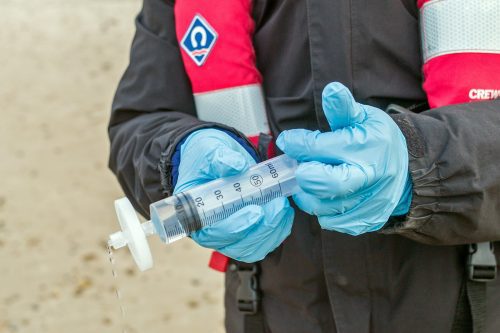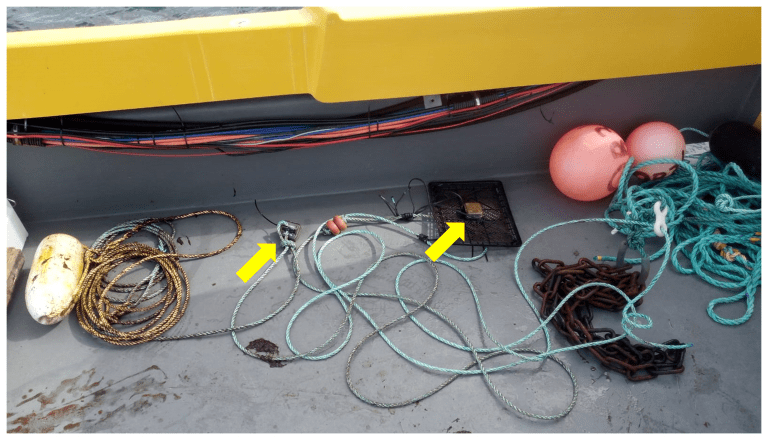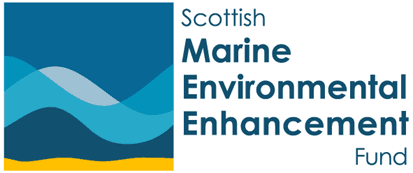Herring helped generate income, identity, and societal change for centuries, but their numbers to the West of Scotland (WoS) have been in decline since the 1970s. In 2018, large shoals of spring-spawning herring were recorded in inshore waters (off Wester Ross) for the first time in 50 years.
Herring need, and seek, specific ‘complex’ seabed habitat to deposit their eggs on and show site affinity to spawning grounds. To help herring populations recover, this ‘essential fish habitat’ must be/remain available, and in good condition, when herring return to spawn. Restoring WoS herring populations, and protecting the seabed habitat they depend on for reproduction, would likely have significant positive knock-on effects for many species including other fish, seabirds and marine mammals that prey upon herring, thus increasing overall marine biodiversity, health, resilience, and productivity.
The WOSHH-eDNA-Sound project will help detect if, when and where large spring-spawning herring shoals are present in inshore waters. The project will closely align, and create synergy, with the existing ‘West of Scotland Herring Hunt’ (WOSHH) project.
 We will team up with WoS communities to conduct field sampling. We investigate, for the first time, whether environmental (e)DNA and underwater sound recording can detect the presence of herring shoals in Scottish inshore waters.
We will team up with WoS communities to conduct field sampling. We investigate, for the first time, whether environmental (e)DNA and underwater sound recording can detect the presence of herring shoals in Scottish inshore waters.
When an organism, such as a fish, moves through the environment, it is constantly shedding bits of itself – like scales, mucus or faeces – that contain its DNA. This DNA that the organism sheds into its surroundings is known as environmental DNA (eDNA). eDNA from water samples can be extracted, sequenced and linked back to species that were in the area, even if those species were not seen. This makes it a potentially powerful, non-invasive tool to detect spawning herring shoals through shore-based sampling.
Shoaling Atlantic herring produces audible gas bubbles, known as Fast Repetitive Ticks (FRTs), which could be picked up by underwater sound recorders, called HydroMoths, deployed along the west coast. This method has never been trialed to detect wild herring shoals in Scottish waters, but FRTs have been studied in laboratory settings.
If you are a creel fisher and would like to be part of the team deploying underwater sound recorders, please get in touch.

Example setup of HydroMoth sound recorders. The bottom recorder sitting on the black tray was facing upwards, towards the water surface; the mid-water recorder sat on a knot in the line to face sideways.



WOSHH-eDNA-Sound, led by Edinburgh Napier University, is supported by the Scottish Marine Environmental Enhancement Fund (SMEEF).
Photo 1: eDNA sampling at Arran © Paul Kay
Email: [email protected]